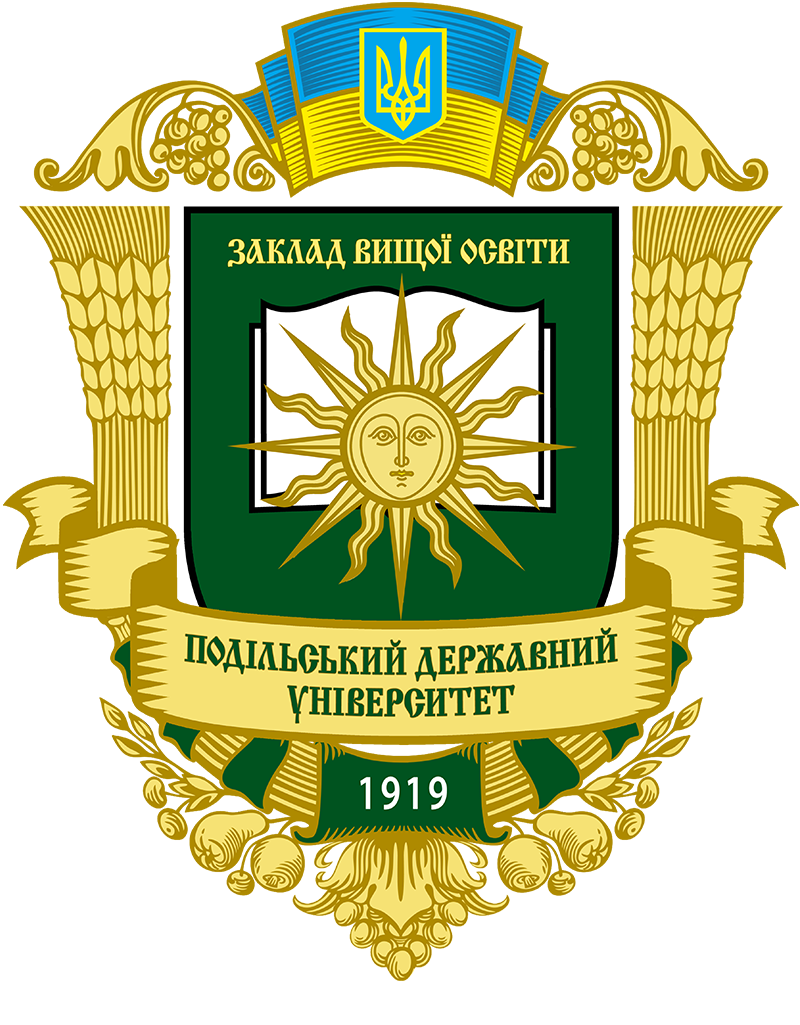INFLUENCE OF SEED GROWING CONDITIONS AND VARITAL CHARACTERISTICS OF MUSTARD ON ITS STORAGE PERIOD
DOI:
https://doi.org/10.37406/2706-9052-2024-2.9Keywords:
variety, germination energy, germination, hermetic container, sowing methodAbstract
The article presents the results of the study of the influence of the methods of growing seeds of four varieties of white and one black mustard of different ecotypes – Tsarivna Pivnochi (black mustard), Etalon – the originator of the National Agricultural Research Center “Institute of Agriculture of the National Academy of Sciences”, Oslava – the originator of the Podillia Institute of Forage and Agriculture of the National Academy of Sciences (Riverberezhny Forest Steppe), Ariadna, Pidpecheretska – the originator of the Research Station of the Institute of Agriculture of the Carpathian Region (Western Forest Steppe), which was grown using different methods of sowing – continuous row sowing with a row spacing of 15 cm and wide row sowing with a row spacing of 45 cm for the energy of germination and germination during long-term storage. The research was conducted with high-quality seeds of four varieties of white mustard and one of black mustard, grown using different methods of sowing – continuous row method of sowing with a row spacing of 15 cm and wide row sowing with a row spacing of 45 cm. The energy of germination and seed similarity before planting the experiment of all varieties were high and amounted to 97–98%. It was established that the quality of the seeds did not decrease reliably during one year of seed storage. There was no significant difference depending on the methods of seed cultivation. If the germination energy of seeds grown by continuous row method with 15 cm row spacing in the first year of storage was 96%, then by wide row method with 45 cm row spacing, it was one percent higher. During the second and third years of storage, seed quality indicators significantly decreased both compared to the control and to the first year of its storage, regardless of the methods of seed cultivation. There was a significant decrease in seed quality indicators for both methods of sowing over three years of storage: germination energy decreased by 7%, germination – by 5% for both methods of sowing. It was found that the decrease in seed germination occurred less intensively than the energy of germination. If the decrease in germination energy by varieties was 6–8%, then this indicator was much smaller and amounted to 2–6% in terms of similarity. During the storage of high-quality mustard seeds of all varieties for one year, no significant decrease in its quality – energy of germination and germination – was observed, only a trend of their decrease was observed regardless of the method of seed cultivation. However, the storage of such seeds during the second and third years led to a significant decrease in its quality of all varieties under both methods of cultivation. No significant difference in the decrease of seed quality indicators was found depending on the methods of its cultivation. It was established that the decrease in seed germination occurred less intensively than the energy of germination.
References
Архипенко Ф.М., Слюсар С.М., Оксимець О.Л. Гірчиця біла – культура широкого діапазону використання. Агроном. 2006. № 3. С. 20–22.
Губенко Л.В., Любчич О.Я. Вплив добрив на продуктивність гірчиці білої. Зернові культури. 2020. Том 4. № 2. С. 289–295. URL: https://doi.org/10.31867/2523-4544/0137.
Ермантраут Е.Р., Присяжнюк О.І., Шевченко І.Л. Статистичний аналіз агрономічних дослідних даних в пакеті STATISTICA 6 : методичні вказівки. Київ, 2007. 55 с.
Жернова Н.П. Вплив елементів технології на продуктивність гірчиці сапертської сорту Світлана. Науково-технічний бюлетень Інституту олійних культур НААН. 2009. № 14. С. 143–149.
Національний стандарт України. Насіння сільськогосподарських культур. Методи визначення якості: ДСТУ 4138-2002. Київ : Держспоживстандарт України, 2002. 173 с.
Новицька Н.В. Посівні якості насіння нуту при зберіганні EX-SITY. Наукові горизонти. 2019. № 2 (75). С. 39–43. URL: https://doi.org/10.332491/2663-2144-2019-75-2-39-43.
Подпрятов Г.І., Ящук Н.О. Зміна посівних якостей зерна пшениці озимої різних сортів залежно від його вологості в процесі зберігання. «Наукові доповіді НУБіП». 2011. № 4 (26). URL: http://www.nbuv.gov.ua/e-journals/Nd/2011_4/11pgi.pdf.
Особливості формування продуктивності гірчиці ярої під впливом мінеральних добрив за різних норм висіву / О.І. Поляков та інші. Науково-технічний бюлетень Інституту олійних культур НААН. 2016. № 3. С. 155–161.
Поляков О.І., Нікітенко О.В., Вендель В.В. Вплив мінерального живлення на продуктивність гірчиці ярої за різних норм висіву. Інститут олійних культур НААН. 2018. № 26. С. 89.
Практичні рекомендації по технології вирощування сортів олійних, зернових та кормових культур / І.Д. Ситнік та інші. Київ : НУБіПУ, ТОВ «Рапсоіл», 2012. 86 с.
Станкевич Г.М., Овсянникова Л.К., Соколовська О.Г. Обробка та зберігання дрібнонасіннєвих олійних культур : монографія. Одеса : Вид-во КП «Одеська міська друкарня», 2016. 128 с.
Шувар І.А., Бойко І.Є. Гірчиця біла та ефективне її використання в біологізації землеробства / Національний аграрний університет Львова. Львів, 2009. С. 3–6.
Fisher R.A. Statistical methods for research workers. New Delhi : Cosmo Publications, 2006. 354 p.










